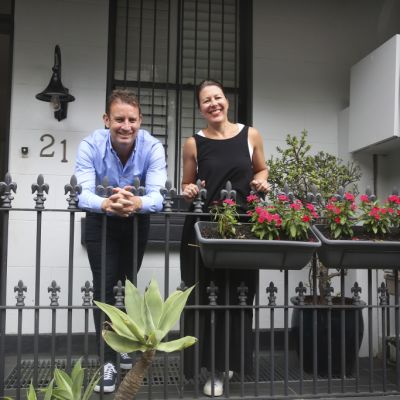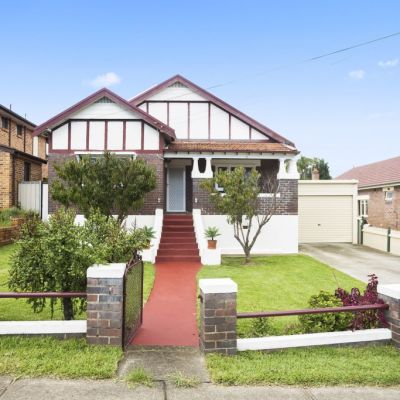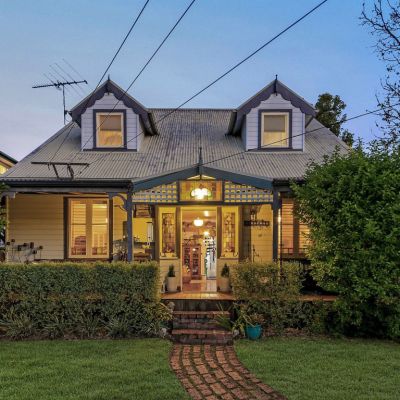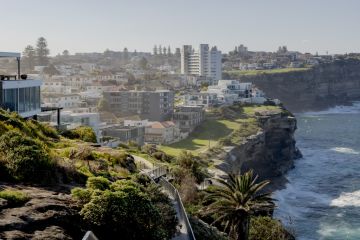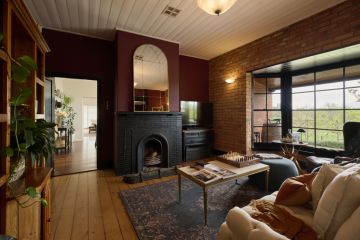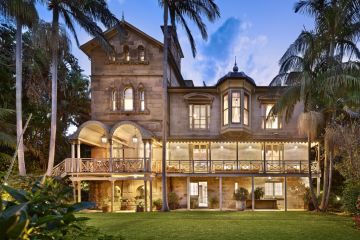Federal Budget 2021: First-home owner measures met with mixed reactions as experts urge more supply

The Morrison government’s budget measures to help Australians into home ownership have been met with mixed reactions, with housing experts calling for more homes to be built to address affordability concerns.
Treasurer Josh Frydenberg announced on Saturday that first-home buyers would be able to release up to $50,000 as part of voluntary contributions into their superannuation under the First Home Super Saver Scheme. That’s an increase from $30,000.
The First Home Loan Deposit Scheme (New Homes), rebranded as the New Home Guarantee, has an additional 10,000 places, allowing first-home buyers to build a new home or buy a newly built home on as little as five per cent deposit, with the government acting as guarantor on the loan, freeing the buyer from incurring lender’s mortgage insurance.
Single parents will now also be able to access a similar scheme known as the Family Home Guarantee, which will allow 10,000 applicants over four years to purchase a home with as little as two per cent deposit.
The government will also provide an additional $124.7 million to states and territories to help build their public housing stock.
While the announcement has been welcomed by the banks and the property sector, housing experts say more could be done to increase the number of homes.
Schemes like these allowed people to pay more for housing, said Nicole Gurran, an urban planning professor at the University of Sydney.
“The sentiment is laudable but the technique just isn’t properly thought through,” Ms Gurran said.
“Helping people get into the market with a low deposit may be a reasonable approach but only if it is connected to safeguards to the borrowers.
“The risk for this cohort is, once they’re committed to a very large loan and then interest rates rise down the track it’s not clear to me that the households will have any protection in place.”
Announcing such schemes was easier than phasing out favourable tax concessions such as negative gearing arrangements and capital gains tax discounts, said Brendan Coates, director for household finances at the Grattan Institute.
“This is another example of the government taking the easy way out,” Mr Coates said.
“These policies sound good. At the margin, they will help some people. They would have helped the people who would have bought anyway and they marginally increase prices.”
He said it was very hard to make housing more affordable when such schemes added more housing demand.
“That has the effect of raising house prices,” Mr Coates said. “Those who benefit from the scheme get a leg up and those who fall outside of the scheme, house prices rise [for them] and they become less affordable.”
He said he understood the rationale behind increasing the limit of the First Home Super Saver Scheme to meet a rapidly rising market, but the government had not fixed the underlying problem of a limited supply of homes.
Property Council of Australia chief executive Ken Morrison said the initiatives would help the residential sector to continue to drive Australia’s economic recovery.
“These schemes are targeted to help first-home buyers bridge the deposit gap and bring the aspiration of home ownership within reach of a broader range of Australians,” he said.
Commonwealth Bank and NAB welcomed the extension of the first-home loan deposit scheme to single parents who were looking to purchase their first home or re-enter the property market.
NAB personal banking boss Rachel Slade said customer interest in the original scheme had exceeded expectations from day one.
Commonwealth Bank chief executive Matt Comyn said they had so far helped 5750 customers purchase or build their first home under the scheme.
We recommend
We thought you might like
States
Capital Cities
Capital Cities - Rentals
Popular Areas
Allhomes
More
